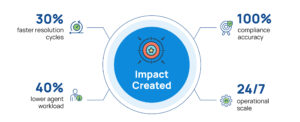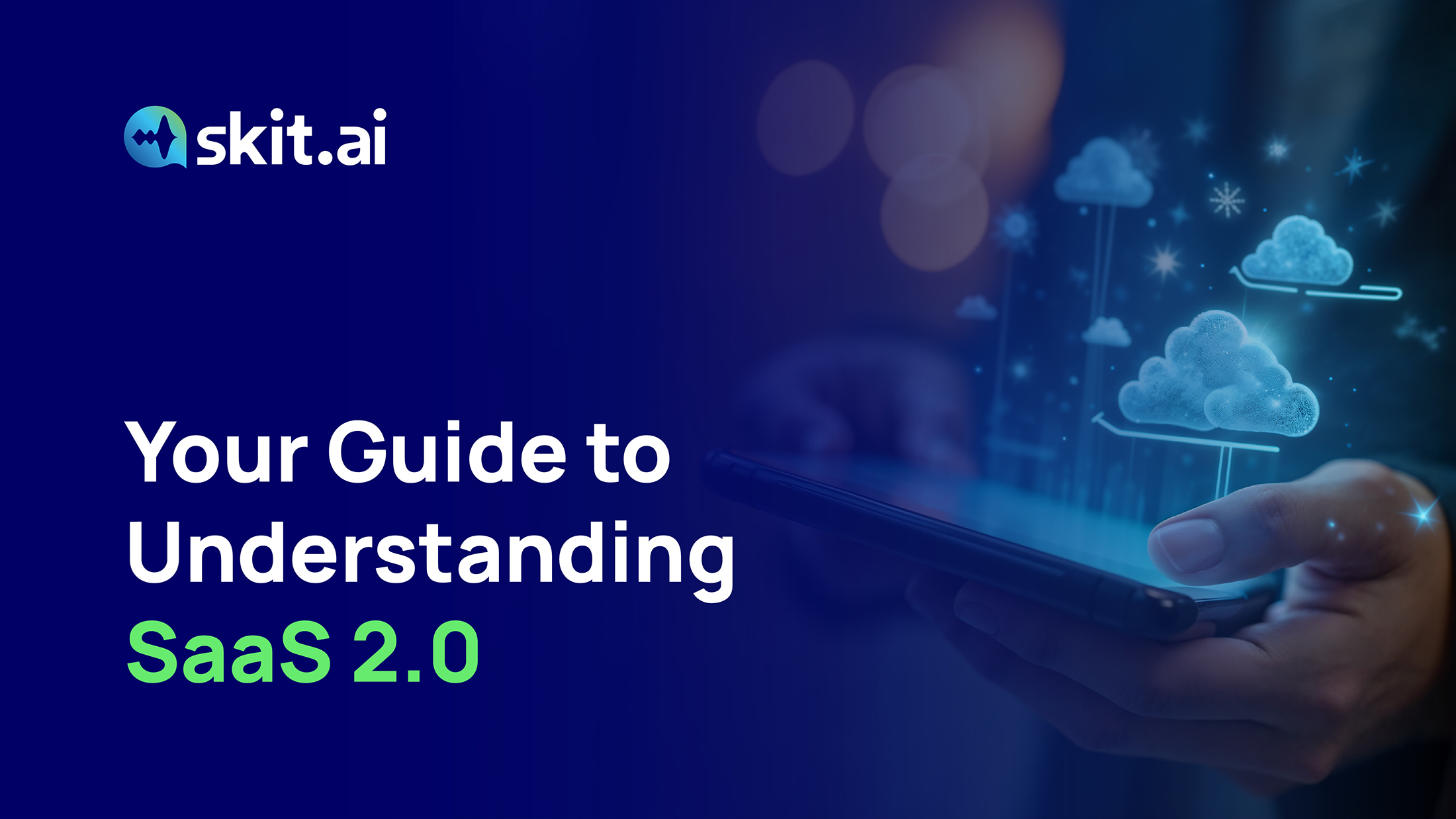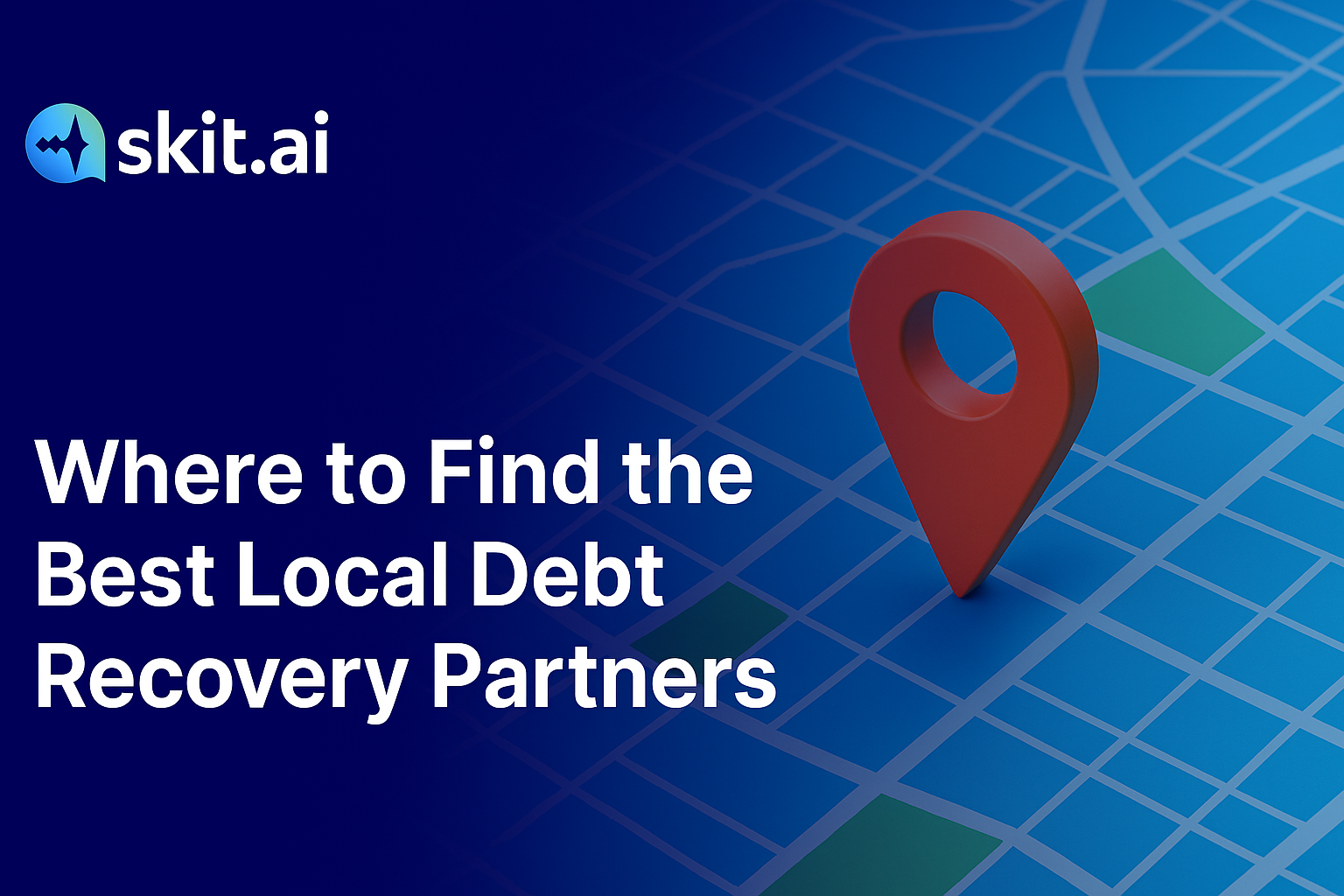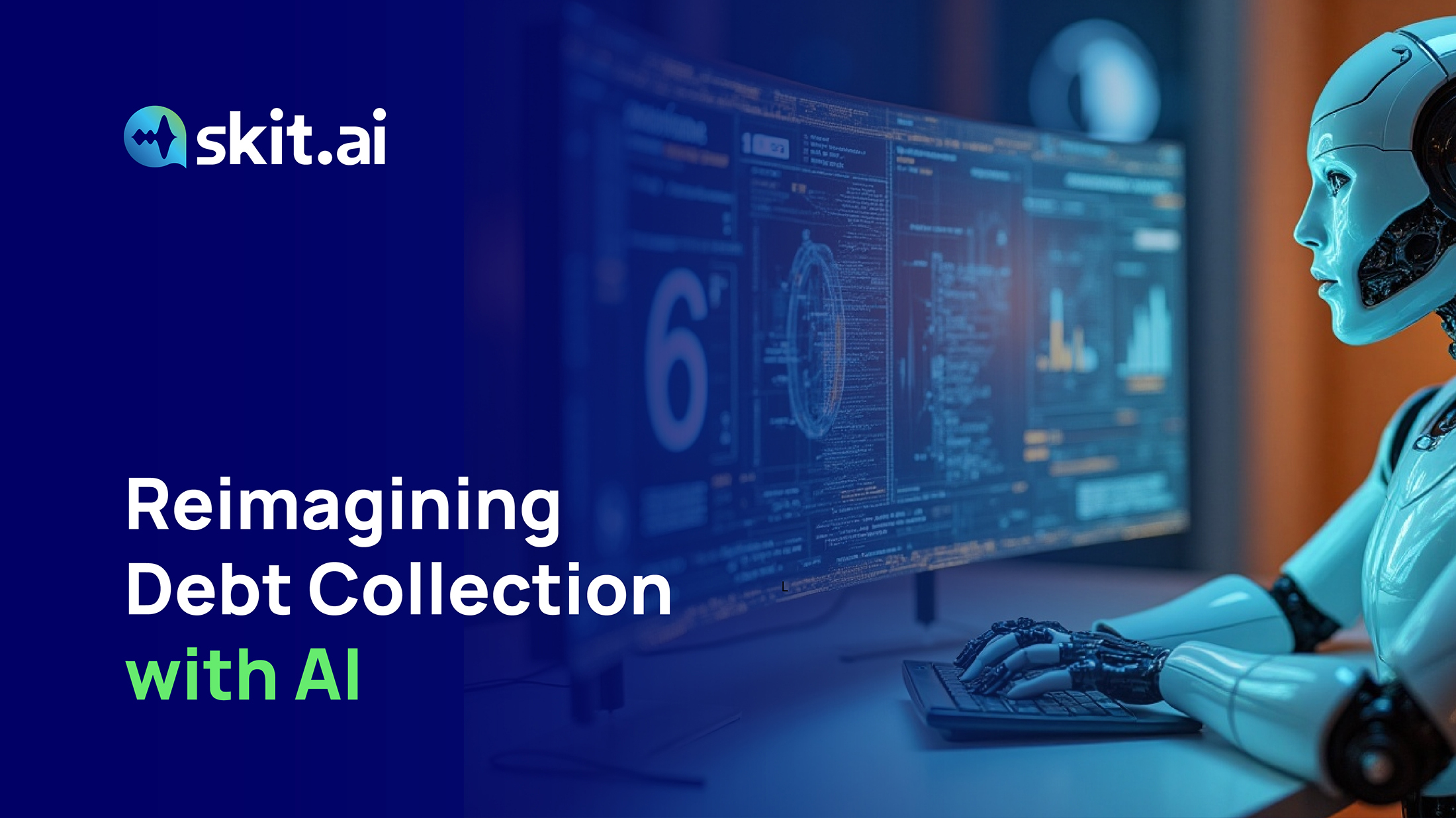Since its inception in the late 1990s, Software-as-a-Service (SaaS) has transformed how businesses deploy software and extract value from it. What began with cloud-based CRMs and ERPs has evolved into a vast ecosystem of tools that power nearly every function across modern enterprises.
But a new wave is emerging—one that redefines software not as a tool businesses operate, but as a service that operates on their behalf.
Welcome to the era of SaaS 2.0, also known as Software-as-Autonomous-Service, powered by agentic AI. In this new paradigm, software doesn’t just support work—it performs it. When a business adopts SaaS 2.0, it’s not merely gaining features; it’s integrating autonomous AI agents that can execute tasks, make decisions, and deliver outcomes without major human intervention.
This transformation—from heavily human-dependent platforms to intelligent, self-operating services—is what we call the SaaS morphosis. It’s already reshaping industries built on high-volume, rule-based, and time-sensitive workflows.
SaaS 2.0 in Collections: From Tools to Intelligent Agents
The collections industry has long relied on traditional SaaS platforms to streamline operations—centralizing debtor data, automating reminders, and providing agents with structured workflows. These tools were a significant step forward from manual processes, helping teams work more efficiently. However, at their core, these platforms still depended heavily on human action to move the process forward.
Today, that model is undergoing a fundamental shift.
With the rise of SaaS 2.0, collections is moving from software that supports human agents to software that acts like one. This new generation of technology—what we at Skit.ai embrace and deliver—is powered by agentic AI: autonomous systems that can perceive context, make decisions, and execute actions without major human intervention.
These AI agents are not just reactive—they’re proactive. They initiate conversations, adjust strategies mid-interaction, and optimize for the highest possible recovery outcome, all in real-time. In essence, they function like highly capable, always-available team members.
From Automation to Autonomous
The collections industry is a textbook use case for SaaS 2.0—where agentic AI not only makes decisions but takes full-cycle ownership of the process.
In this new model:
- AI voice agents proactively contact debtors across channels with personalized, compliant messaging.
- These agents use reasoning capabilities to interpret responses, handle objections, and determine the next best actions.
- Multi-turn conversations aren’t scripted—they’re adaptive, responding to tone, context, and intent in real-time.
- Agents triage complex cases, escalate only when necessary, and log every interaction automatically for compliance and insight.
At Skit.ai, this isn’t just theoretical. Our voice AI platform does exactly this—handling thousands of accounts autonomously while adhering to regulatory standards and optimizing for repayment outcomes.
This is not automation for the sake of speed—it’s intelligent delegation, where AI performs with a level of consistency, scale, and strategic thinking that matches (and often exceeds) human teams.

The Impact: From Manual Management to Autonomous Execution
The transition to SaaS 2.0 in collections delivers real, measurable outcomes:
- Faster resolution cycles through real-time, proactive outreach and adaptive follow-ups
- Reduced human error by eliminating manual handling of data and schedules
- Consistent tone and compliance across thousands of simultaneous interactions
- Effortless scalability—AI agents don’t require hiring, training, or shift rotations
But the most profound change is strategic: Instead of designing processes around tools and teams, businesses are beginning to design for outcomes—and then letting intelligent AI agents bring those outcomes to life.

Final Notes
As the SaaS morphosis continues to unfold, it’s clear that agentic AI isn’t just enhancing existing workflows—it’s redefining the way entire industries operate. For collections, this shift marks a move from fragmented, human-driven processes to unified, outcome-driven systems led by intelligent AI agents.
At Skit.ai, we’re at the forefront of this transformation, enabling businesses to move beyond managing tasks to achieving results—autonomously, intelligently, and at scale. SaaS 2.0 is not a future vision—it’s the new operational reality. And those who adopt it now will lead the next era of efficiency, agility, and growth.
Are you ready to take the next step toward call automation with Conversational AI? Schedule a free demo with one of our experts to learn more!





